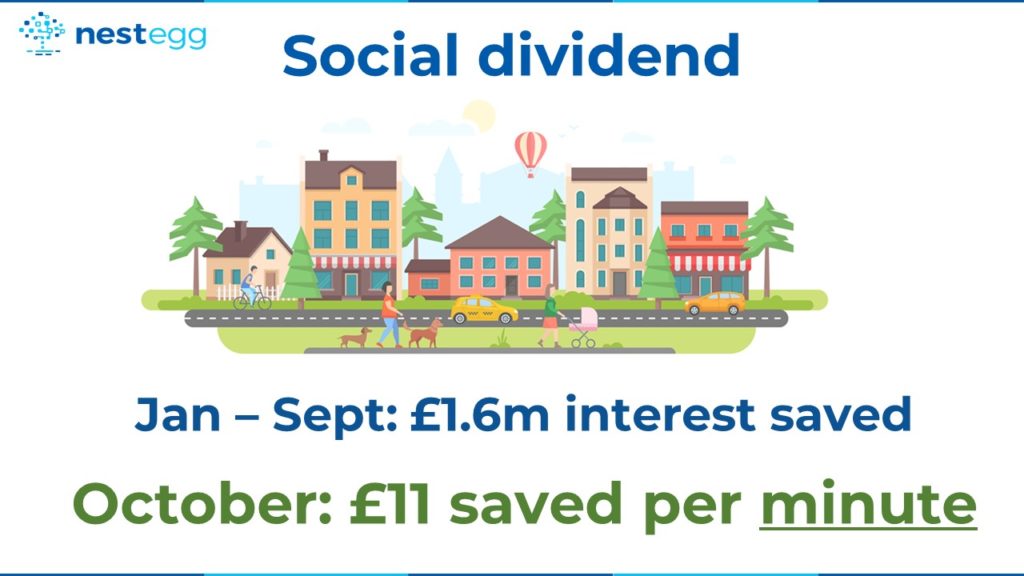
The credit union difference in a fintech world
Financial technology (fintech) is great news for credit unions. Slicker user experience. Automation. Easier payments. Better use of data. These all help the sector grow loan books.
But ‘tech for good’ companies are hoovering up potential credit union members. Some are particularly strong on payroll deduction. Credit unions need these schemes. They are an essential boost for lower risk growth. Fintechs are supplying alternative loans and savings products. Many are doing great educational work.
Whilst credit unions sometimes struggle to raise capital, fintechs are attracting substantial investment.
However, this is not a call to rally against these companies. Nor should they be seen as competitors. Credit union and fintech partnership opportunities abound. Whilst credit unions might not be able to come to the table with tech and money, they have knowledge and depth of experience. They know what low income households need from financial services. Consequently, member feedback is excellent.
The credit union difference
But how do credit unions differentiate? How do they get back to the forefront of stakeholders’ minds? How do community lenders strengthen their hand when negotiating with fintechs?
The non-profit status helps. Credit unions only act in the best interests of their members. There’s no remote group of shareholders. No venture capitalists. But that’s not enough. Organisations delivering social value and making a profit (with a purpose) give stakeholders, funders and influencers comfort. It’s a mixed market of suppliers (and types of legal entity) delivering financial inclusion. Because of this, risk is reduced. Conequently, a wider variety of suppliers are tackling financial exclusion.
But fintechs don’t have the track record that credit unions enjoy. When shouting about the good work credit unions do, the emphasis should be on longevity. The sector has delivered positive impact over many years.
Credit union members are more likely to repay
We already know that the average community credit union borrower is female, borrows (ostensibly) for home improvements and lives in rented accommodation. Child Benefit is key to being able to afford repayments.
But given the low average credit scores credit union members have (together with a couple of missed payments on file) the only option these borrowers face, were it not for a credit union, are high cost creditors.
Importantly, the accept rates for credit union loans are far higher than fintechs. Borrowers have a greater propensity to repay a credit union compared to other creditors. You’d expect a bad rate double what is being achieved given the credit profiles of typical borrowers.
As a result there’s a unique repayability to credit union loans. Being long-established in a local community has its benefits. Residents a stake in the organisation that private companies will never enjoy. Additionally, Save as You Borrow schemes have turned one million borrowers into savers.
Credit unions accept a higher number of applications compared to newer lenders. The higher propensity to repay increases social impact.
Measuring impact
FCA research into High Cost Short-term lenders found, on average, debtors paid back 1.65 times the amount borrowed. Credit unions cost about 1.15 times the amount borrowed. The difference between these two figures is what we call the social dividend.
Last month credit unions using NestEgg software saved those on the lowest credit scores £10 in excess interest payments every minute. Social dividend is measured in real time. It will rise to £20 per minute by December.
The social dividend is a small part of a wider set of aggregated lending data. If you’re a South East or London ABCUL credit union, we’ll be sharing more insights at the International Credit Union Day meeting on 19th October.
Follow us on LinkedIn to be alerted when we share these insights online.
You can also read our thinking about CCJs and mobile phone defaults.
